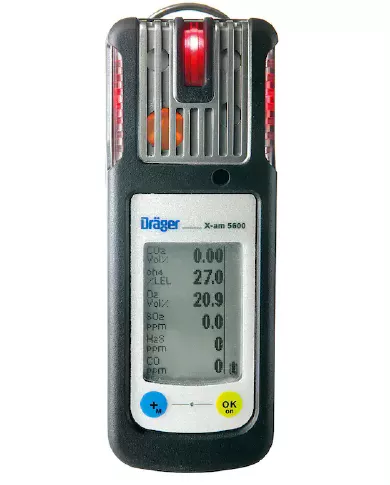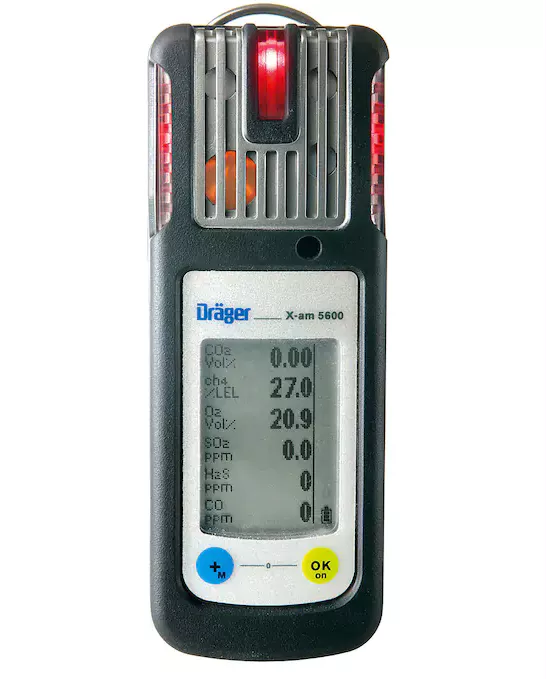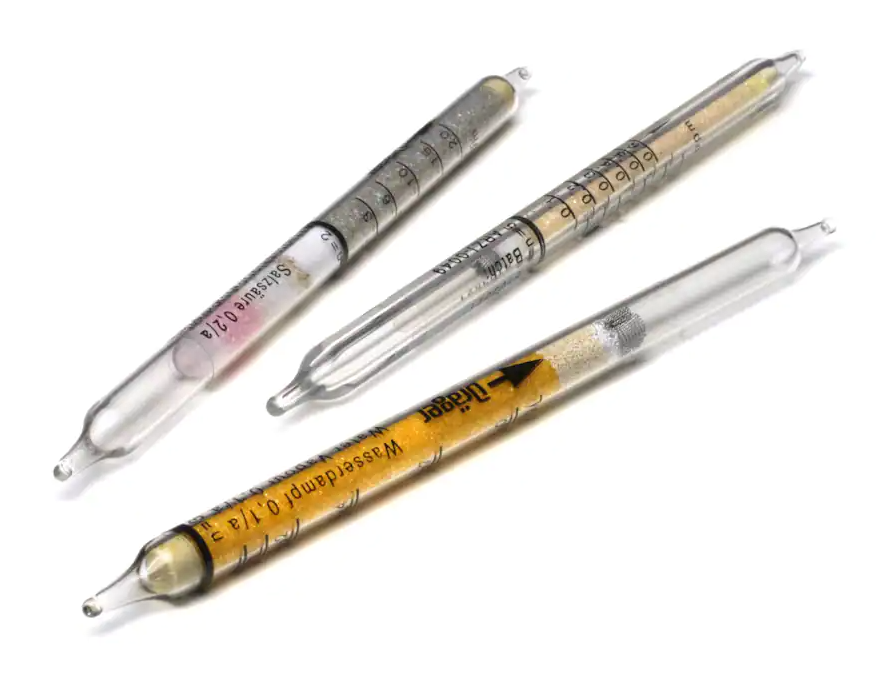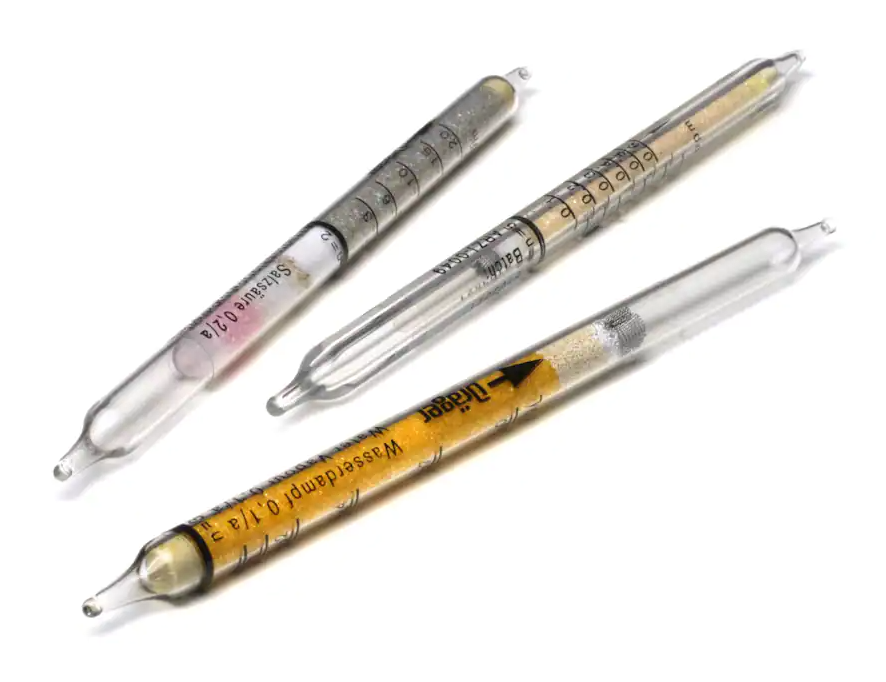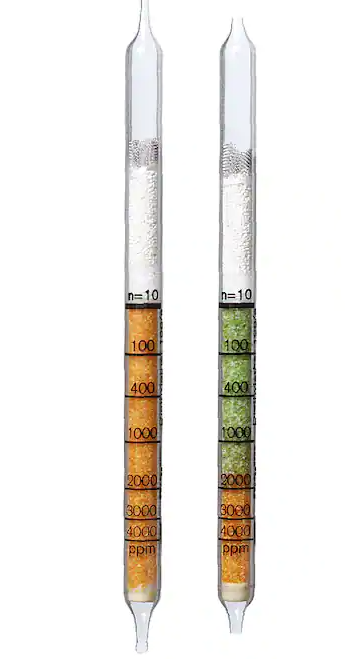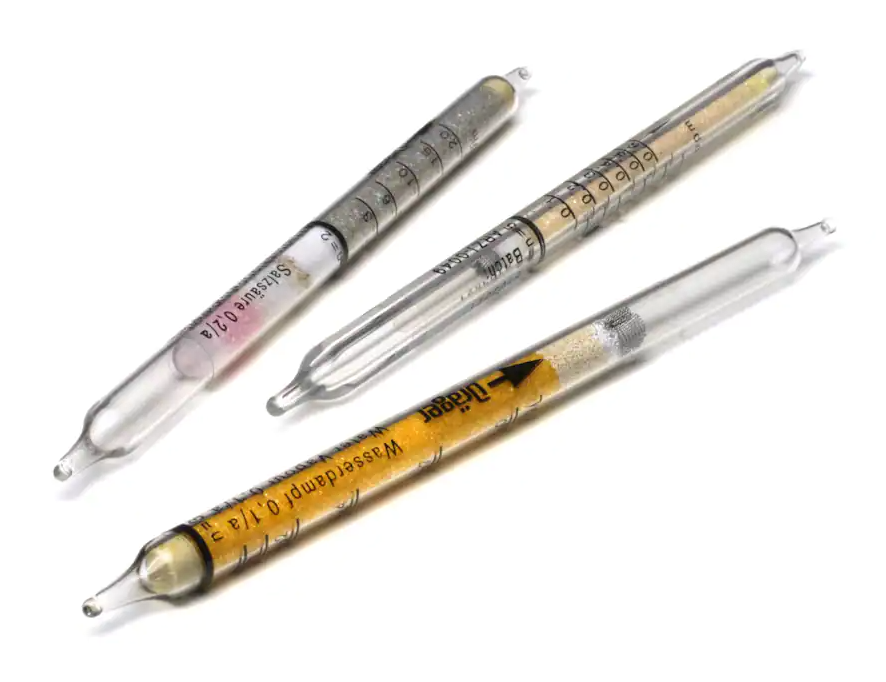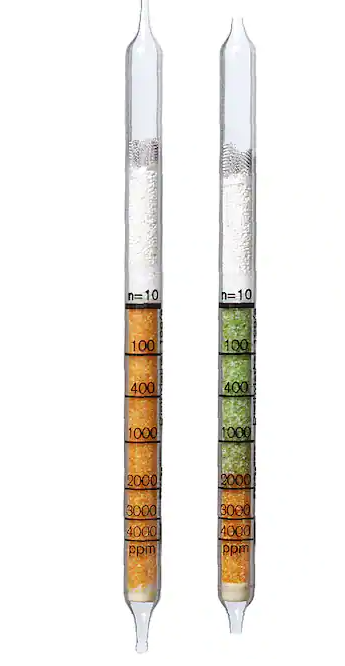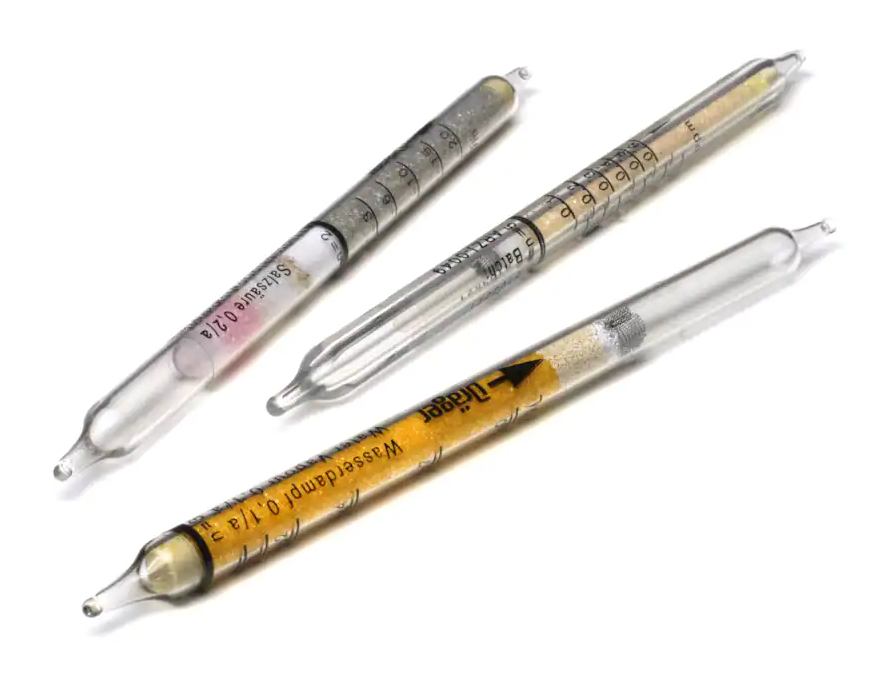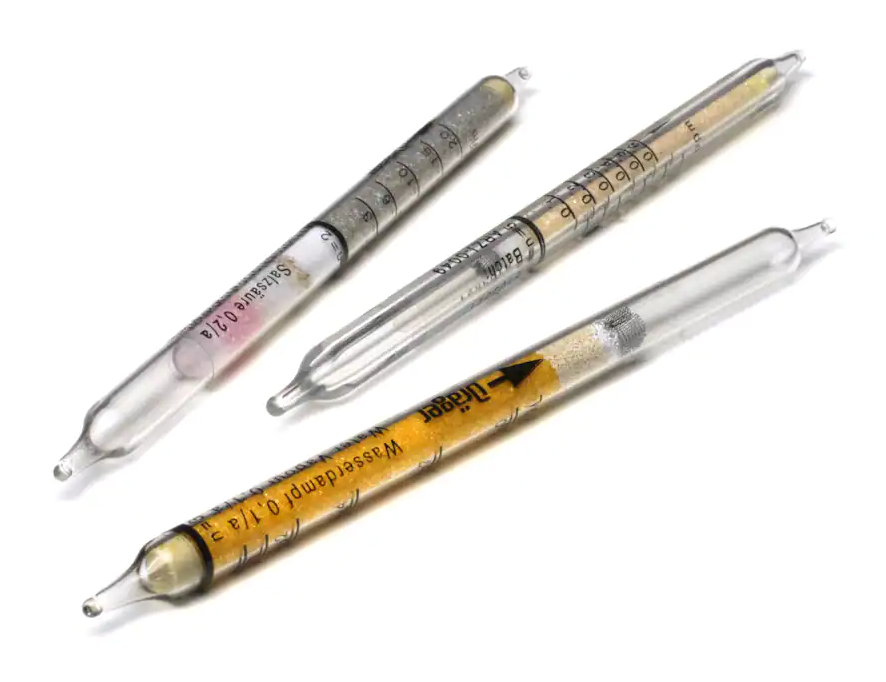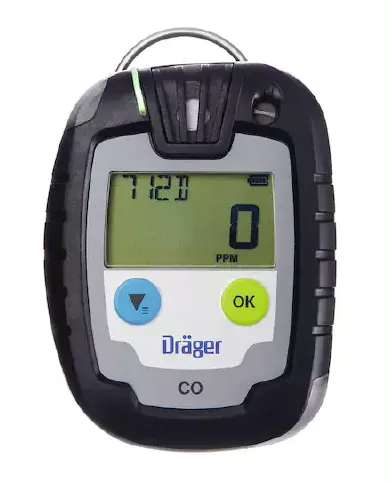Dräger X-am® 5600 . gas detector
Dräger X-am® 5600 . gas detector
-
X-am® 5600
-
STT Name Download 1 Product information: Dräger X-am® 5600 . gas detector Click download 2 Manual: Dräger's Guide to Portable Gas Detectors (PDF) Click download -
-
-
- +
-
1282
- Products Information
- Comment
Key Facts
Measurable gases: IR Ex/CO2, O2, CO, H2S, NO2, SO2 + (choice out of 45 sensors)
Sensorports: 4
Number of gases: 1 - 6
Applications: Personal Air Monitoring + Confined Space Entry
Sensor technology: IR + EC
Technical Data
Operation time : >12h
Dimensions (W × H × D): 0.05x0.13x0.04 m
Weight: 0.49 lb
Battery type: NiMh
Degree of protection (IP class): IP 67
Features
Dual sensors ✓
CatEx Fullrange ✗
D-Light ✗
Internal pump ✗
X-am Pump ✓
X-zone 5500 Area Monitoring ✓
Bump Test Station ✓
X-dock Station ✓
Approvals
ATEX I M1 Ex da ia I Ma, II 1G Ex da ia IIC T4/T3 Ga
IECEx IECExEx da ia I Ma, Ex da ia IIC T4/T3 Ga
c CSA us Class I Div. 1 Group A, B, C, D, E, F, G T.-Code T4/T3, A/Ex
da ia IIC T4/T3 /Ga
CE ✓
GOST (EAC) PO Ex da ia I Ma X, 0Ex da ia IIC T4/T3 Ga X
Performance approval ✓
Shipping approval (MED/DNV GL) ✓
Multi-gas detector
- 1 to 6 gas detection device
- for personal air monitoring
- detection of explosive, flammable and toxic gases as well as vapours and oxygen
Small yet robust
Small, light and easy to use - the robust and water-tight gas detector X-am 5600 is designed for single-handed operation in tough industrial environments. Water- and dustproof according to IP 67 and with an integrated rubber boot, the device provides optimal functionality even under harsh conditions.
Durable infrared technology
Thanks to the high stability and a resistance to contamination, Dräger infrared sensors can generally be used for up to eight years. This advanced technology reduces the cost of ownership considerably because less replacement sensors are needed. In addition, a sensor calibration is only necessary every 12 months which reduces maintenance costs.
Single or dual sensor - accurate measurement results
The infrared sensor IR Ex allows the measurement of explosive, combustible hydrocarbons in the range of the lower explosive limit. The infrared sensor IR CO2, with a measurement resolution of 0.01 Vol.-%, provides safe and exact measurements as well as a warning against toxic concentrations of carbon dioxide in the ambient air. For those applications where the reliable measurement of explosive substances and CO2is specifically needed, the advantages of both can be achieved by a dual sensor (Dual IR CO2/Ex).
Also in combination with Hydrogen
Besides hydrocarbons, hydrogen can also be an explosive gas. Because sensors based on infrared technology do not warn against hydrogen explosion dangers, the gas detector X-am 5600 combines two sensor signals (Infrared Ex and electrochemical H2) for reliable hydrogen detection. The X-am 5600 provides the advantages of poison-free technology to be used in areas where, until now, only catalytic Ex sensors have been used.
Various monitoring possibilities
Thanks to the combination of innovative infrared technology and the latest electrochemical Dräger XXS miniature sensors, this 1-to-6 gas detector reliably detects explosive, combustible and harmful concentrations of O2, Cl2, CO, CO2, H2, H2S, HCN, NH3, NO, NO2, PH3, SO2, O3, Amine, Odorant, COCl2and organic vapors. With the PC software Dräger CC-Vision, the sensors can easily be exchanged, calibrated or converted to meet the needs of different applications.
Flexible use
An optional external pump which can be operated with hoses up to 30 m or 98 ft. in length is the perfect solution for pre-entry measurements in tanks or pipelines. To monitor entire areas, the gas detector X-am 5600 can be used in combination with the innovative air monitor Dräger X-zone 5000.
Suitable for Ex-Zone 0
The small and reliable gas detector is suitable for use in areas classified as zone 0, which are areas where explosive atmospheres are always to be expected.
Area monitoring
In combination with the Dräger X-zone 5000 the gas detector can be used for various area monitoring applications. Up to 25 Dräger X-zone 5000 units can be automatically interconnected to form a wireless fenceline. This interconnection of the area monitoring devices allows for the fast securing of larger areas, e.g. pipelines or industrial tanks – even within the scope of industrial shutdowns.






